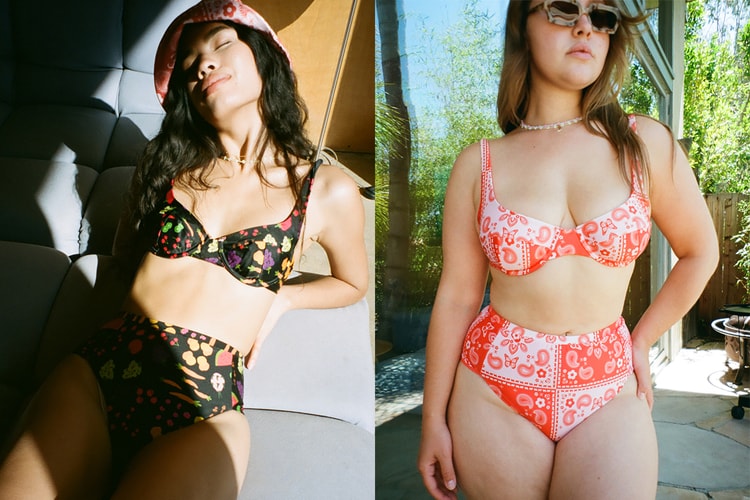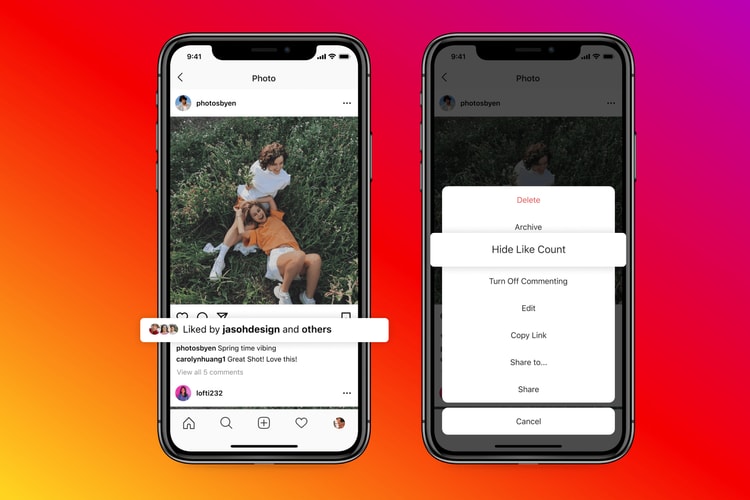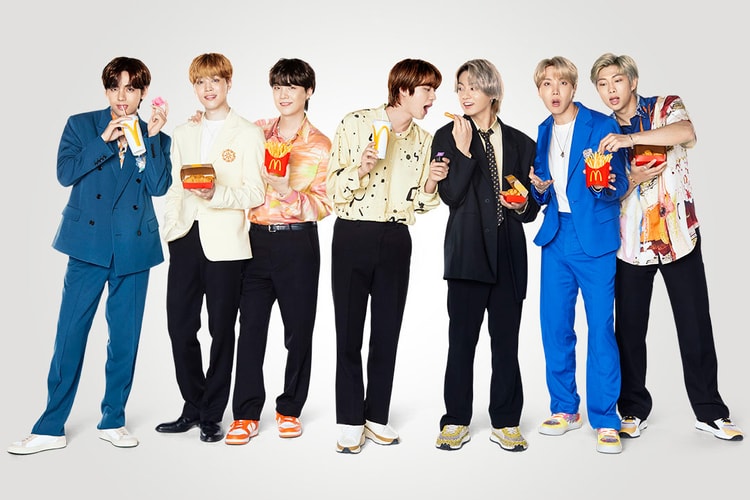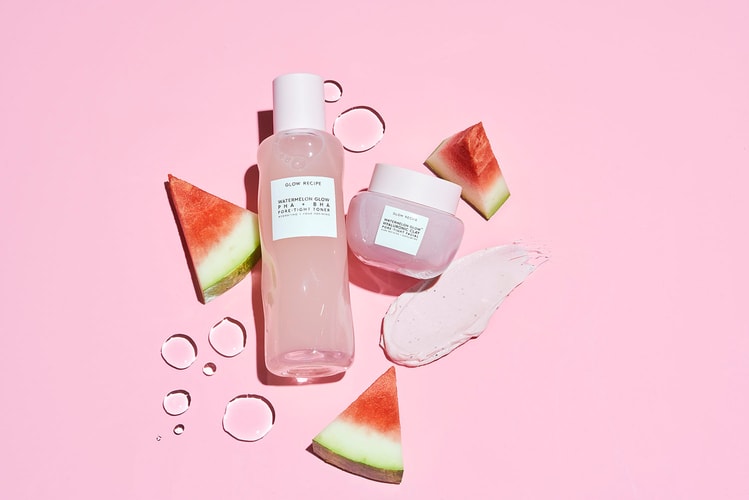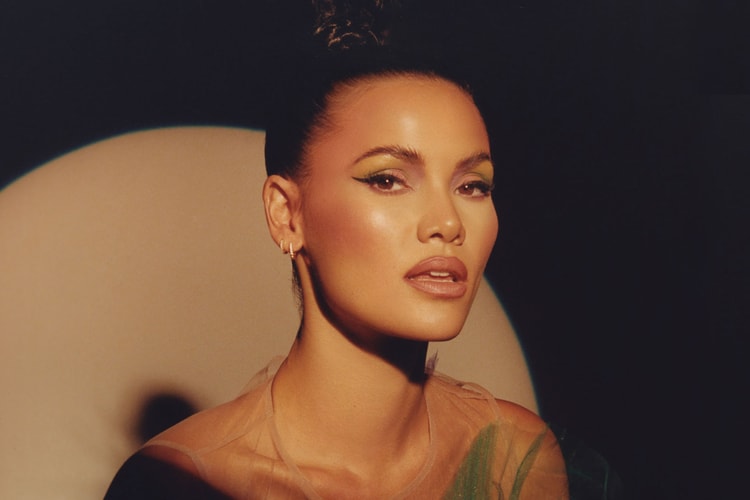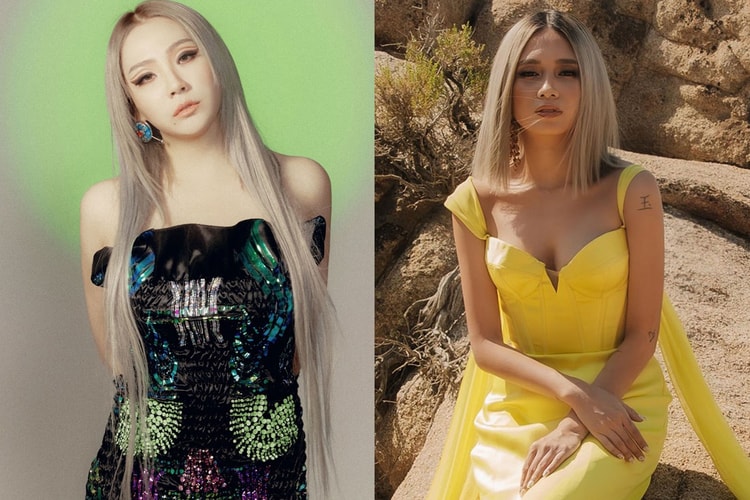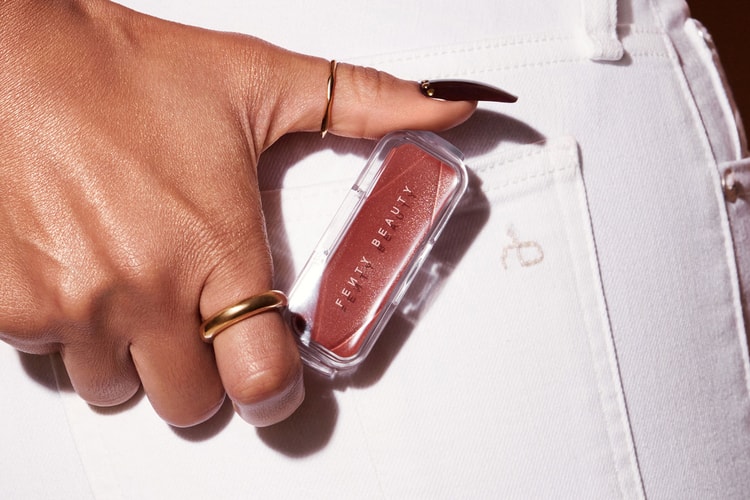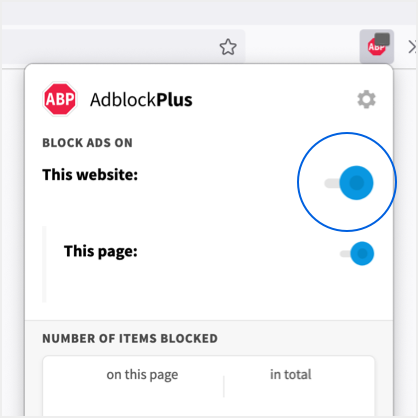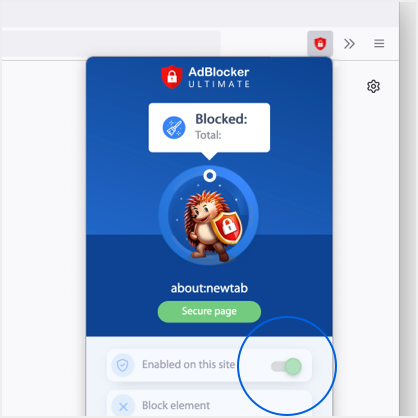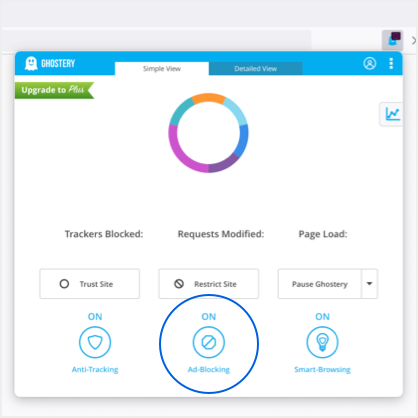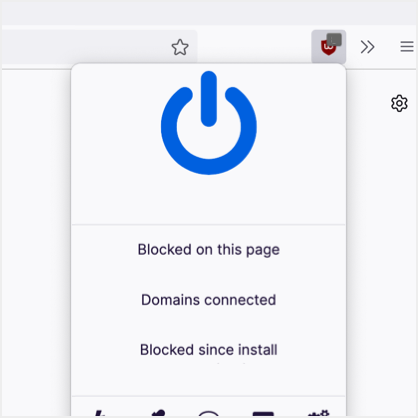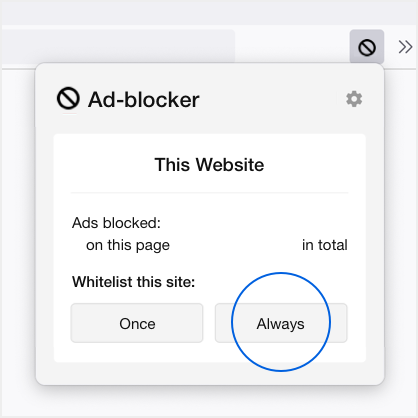
How 4 Asian-American Photographers Honor the Resilience of Their Community Through Image-Making
The creatives share how they’ve been supporting the AAPI community with their work.
Hate crimes against the AAPI community have been surging since the beginning of the COVID-19 pandemic. Last August, the United Nations issued a report that detailed an “alarming level” of “racially motivated violence and other incidents against Asian-Americans” due to the virus. According to Stop AAPI Hate, in 2020, it received more than 2,800 reports of hate incidents, including verbal harassment, shunning, physical assault, being coughed or spat on, and workplace discrimination or refusal of service.
Unfortunately, in 2021, we are still seeing a spike in anti-Asian violence. Stop AAPI Hate revealed that “the number of hate incidents reported to [its] center increased significantly from 3,795 to 6,603 during March 2021,” making that around 3,000 incidents in March 2021 alone. In response to the tragic events, the White House has recently passed a hate crimes bill that Rep. Grace Meng, D-N.Y. and Sen. Mazie Hirono, D-Hawaii introduced, which aims to make reporting hate crimes more accessible. The Wall Street Journal also reported that the legislation “requires the attorney general to issue guidance to state and local law-enforcement agencies on how to establish online reporting for hate crimes, collect data and raise public awareness about such crimes during the coronavirus pandemic.”
In honor of AAPI Heritage Month and in support of protecting Asian lives, we spoke with four Asian-American photographers — Jennelle Fong, Jingyu Lin, Justin J Wee and Ricardo Nagaoka — who share how they’ve been using their work and art to support their community. Read on to learn about the inspiration behind their powerful visuals that celebrate the resilience of Asian Americans.
Jennelle Fong
Born and raised in Los Angeles, Jennelle Fong took an interest in photography at the young age of 14 when her father bought her her very first camera. Often shot with her parent’s collection of lenses, which she used to learn the artistic medium growing up, Fong’s images highlight the untold stories of the AAPI community and amplify the voices of the unheard.
What initially got you into photography?
I always think of my dad as my initial entry point into photography and also as the first nurturer of my artistic spirit. He bought me my first camera when I was about 14 or 15 years old, and he would lend me his collection of lenses gathered over the years (now passed on to me, all of which I use today). While always being art-adjacent, I only began to seriously explore image-making as a medium for sharing stories and amplifying voices a few years ago. As a form that can exist as both creative expression and recorded documentation, I’m so drawn to how photography demands one’s choice — the choice in who to include, what to document and how it is portrayed. There is power and humility in this responsibility, in this privilege, and I feel purpose and momentum through the artistic medium because of it.
“The recent, overtly public acts of violence and discrimination against the AAPI community have only encouraged my existing practice in uplifting the visibility of those who have been trodden upon.”
In light of recent tragic events, how have you been supporting the AAPI community through your work?
The recent, overtly public acts of violence and discrimination against the AAPI community have only encouraged my existing practice in uplifting the visibility of those who have been trodden upon. I’ve found that I gravitate to art in these moments, and I channel energy into directly spotlighting the community and those I love most. Recently, I created portraits of every participant in a new short film called In The Visible directed by Natasha Lee and produced by Lucia Tran, which compiled the interviews of AAPI individuals as they reflected on a shared legacy of encountering struggle, enduring racism and finding joy. I treasured the opportunity to lend my visual eye in portraying these culturally and generationally diverse individuals with the grace and strength they embody.
View this post on Instagram
What kind of story do you hope to tell with your images?
I see so much beauty and resilience in the individuals and communities around me. I often think of all the concrete alleys, patios or stairwells so characteristic of many Los Angeles neighborhoods, and how people, especially immigrants and POCs, find ways to bring fruitfulness and beauty to their corners of the world. I think of my grandmother, who will use the parking lot ledge of her apartment building to dry meats and fruits for later use. She’ll grow fruit trees in big round planters and position them in between each carport, simply because those spots get the best sunlight. Not a foot of space is unused or unappreciated. Something will always bloom and rise from the unexpected cracks, especially in LA sidewalks. I always hope to convey that spirit of resilience and the joy that accompanies my photos. We all have that, to a degree, and revealing each degree of it is worthy work.
Outside of photography, how do you hope to raise awareness of the anti-Asian hate crimes?
I believe that continuing to have discussions on the topic of discriminatory hate with those around you is a powerful tool for awareness, especially for younger, able-bodied Asian-Americans. I often fear the fog of cynicism and acceptance of “normalized” behavior when vigilance, not violence, is needed. As exhaustive as it is, being on alert for incoming news and accounts is how we can spread the word and keep complacency at bay. I also believe in how radical my own existence is, and how it is a direct counter to the discrimination and racism my ancestors have been dealt. Existing joyously and excellently is an empowering negation of hate and fear.
How will you be honoring AAPI Heritage Month?
I will be sharing meals with my family as much as possible, both biological and chosen. I love to think that the honoring of past tradition and the envisioning of a more radical future is always best discussed over noodles and dumplings.
Jingyu Lin
New York City-based Jingyu Lin channeled her creativity from her very first teenage heartbreak. Not knowing how to handle her emotions, she decided to use photography as her main outlet, and began experimenting with a point-and-shoot camera she found in her parents’ bedroom. After taking her first few shots in her own backyard, something inside Lin clicked. Since then, the creative has continued to develop her photography style, and has had the opportunity to work with adidas, Atlantic Records, The New York Times and more.
What first got you into photography?
This story is almost an embarrassing one, and for anyone that knows me well, was very typical of my personality when I was younger. When I was 14 or 15 years old, I experienced my very first heartbreak, which, as it is for so many kids that age, felt like the end of the world and triggered a lot of teenage angst. I remember having all of these funny emotions and not quite knowing what to do with them, and simultaneously being intrigued by this little point-and-shoot camera that I found on the shelf in my parents’ bedroom one day. So, I grabbed it, went out to my backyard and spent two hours taking pictures of trees. Something definitely clicked for me because I found it to be such a nice way to channel my energy and emotion into something. In the end, I’m pretty thankful for that experience because here we are 12 years later.
View this post on Instagram
How have you been supporting the AAPI community through your work?
Identifying as Asian-American has always been a very conscious part of my work and process. I have always pushed to support the AAPI community, especially Asian-American creatives, simply because there are so few of us in these fields, and finding a sense of community and understanding can be so difficult. It has definitely been more concentrated and intentional due to recent events — I’m doing more work than I ever have, both personal and commission-based, focusing on telling our stories and pushing back against the silence that we have been held to for most of our lives. I’ve been working with a few nonprofit organizations run by Asian-American communities and offering my time to help make images for whatever they might need. It’s incredibly upsetting that it took such brutal violence and so many innocent lives lost for this country to carve out the space for these stories. But now that it has, I feel a renewed sense of urgency and purpose to utilize that space.
What kind of story do you hope to tell with your images?
It’s not one story but as many as those in my community will let me, which can and has included my own. I’ve felt very grateful to have been commissioned for different assignments that touch on many different corners of Asian-American culture, and plan to continue focusing on telling these stories through my work.
“We’ve been conditioned and told not to rock the boat. We’ve been told to stay silent by both our own community and those around us, and that’s not a habit that’s easy to break out of.”
Other than your powerful visuals, what other ways can you and other fellow Asian American photographers help raise awareness of the anti-Asian hate crimes?
I think, and this really extends to the Asian-American community in general, a very important thing is just to keep these conversations going and not to be afraid to talk about it. We’ve been conditioned and told not to rock the boat. We’ve been told to stay silent by both our own community and those around us, and that’s not a habit that’s easy to break out of. So, continually challenging ourselves and having those uncomfortable conversations is incredibly important.
How will you be honoring AAPI Heritage Month?
Honestly, there’s not much I would do this month that’s different from any other month. As I mentioned before, telling our stories as Asian-Americans has always been a conscious part of my work and my life, and it’s something that’s very ingrained into my day-to-day. I’ve been working to have these conversations, donate regularly to AAPI organizations and continue to uplift our stories through my work. It’s a continued effort each and every day.
Justin J Wee
Justin J Wee started his photography career when he was still living in Sydney. An early user of Instagram, Wee took part in the platform’s weekend hashtag projects using his iPhone to execute self-portraits. Through his unique style, the public started to take notice of his work and eventually, Wee ended up on Instagram’s Suggested Users list. From there, the talent made lifelong friends thanks to the power of the Internet. Wee later made the choice to move to New York City after one unforgettable trip to the Big Apple.
Take us back to the beginning, what got you into photography?
I was a really early adopter of Instagram. I think they still do these things called weekend hashtag projects, where they come up with a theme and they get all of their users to submit photos based on the theme. I was living in Sydney at the time and obviously, Instagram is headquartered in the U.S., so when Sunday was coming to an end, it was Monday morning in Australia. And so it became my ritual to think about what I would do over the weekend. Then on Mondays, I would go out and execute my idea.
I was just purely a hobbyist photographer. I never thought that I would be an actual photographer. I shot most of everything on my iPhone. I was too shy and anxious to ask anyone else to sit for me most of the time, because I felt like such an amateur, and I was such an amateur. I also had a lot of feelings that I had to process myself. So, I ended up doing a lot of self-portraits. That kind of gave me my earliest moment of public traction. I was put on the Instagram Suggested Users list twice and I ended up making lots of online friends through my self-portrait work. That’s how I got into it. It was kind of a cross between me finally finding a creative outlet that resonated with me and also wanting to selfishly pass through my own emotions.
View this post on Instagram
How have you been supporting the AAPI community through your work?
I wouldn’t say that I’ve been supporting the AAPI community through my work, but I’m really grateful that people might see my work as being in support of them. And obviously, my existence is in support of AAPI folks, but I think the most important thing that I can do is bring a kind of multidimensionality to what it means to be an Asian person living in America.
I grew up all over Southeast Asia and in Sydney, so I do feel like I have an understanding of how Asian folks are really not monoliths. I grew up in international communities while I lived in Southeast Asia, and how I experienced those countries is extremely different from how local people experience those countries. No one of us is the same at all. The most that I can do is speak to my own experience — I’m a queer, Asian immigrant with Australian documentation. I do have a lot of privilege, so I think that the way that I can support my community is by trying to show a little bit more nuance to what Asian existence can look like, because when you live in a Western or colonized society, people want to look at you as one thing, because it’s the easiest way for them to understand how to engage with you. Oftentimes that engagement is to serve their best interests.
I think that we are reaching a time, culturally, where minoritized people are really sick of being treated in a way that serves white people. I think my responsibility is just to show what it means to feel embodied in my own self — that’s a journey for me as well and something I’m not an expert on either.
View this post on Instagram
What kind of message do you hope to convey with your photography?
I hope to convey tenderness. That’s something that I think is really important to the imagery that I want to create. I don’t really think that I want to necessarily create imagery that feels aspirational. I want to create work that has a sense of gravitas and I think that naturally, my work can feel a little bit heavy because I try to imbue it with a lot of emotion. I think that what I want to create is a photo that feels tender and a photo that feels like that the person’s identity is not necessarily central to the narrative of the photo. If I’m photographing a queer person, I don’t need it to be rainbows and excessively flamboyant, although there is absolutely room for that. But I would love for there to be subtle nods to queerness. I would love for someone to flip through a magazine and not instantly know that the body that they’re seeing is of a queer person. Hopefully, a queer person might look at it and say, “I understand who this is because I see myself in it.”
There’s a lot of value to creating work that feels subtle or subversive in other ways that don’t necessarily speak to queerness. I think that queerness can be found in subversion. So, when you take a convention and you put a twist on it, in my eyes, you are essentially queering that convention. For queer youth who don’t have access to queer media, or whose communities don’t let them have access to queer media, I would love for them to look through a newspaper or look through a magazine and see a body of work that doesn’t look conventional. I would love for them to be able to find something in there that sparks intrigue, hope or emotional response of any kind really.
View this post on Instagram
Other than your work, what other ways do you hope to raise awareness of the anti-Asian hate crimes?
Truthfully, I don’t think it’s our responsibility to be doing that. I feel like so much of the burden is placed on people being brutalized or people being harmed to be the ones to say, “Hey, look at me, I’m in pain” or “Hey, look at me. I need help.” That’s not what makes a difference. What makes a difference is when everyone else says, “I’m going to help you. I’m going to speak on your behalf because it shouldn’t be the responsibility of people who are hurting to talk about why they are hurting.”
If we were to take the Black Lives Matter movement as an example, it shouldn’t be on Black folks to constantly be the ones saying this systemic racism is rooted in colonialism, capitalism or suppression of Black folks. It should be Asian folks, Latinx folks or white folks who are the ones saying, “Hey, systemic racism is present and we’re no longer going to be okay with that.”
There’s a movement in the States at the moment where people don’t want to say, “Stop Asian Hate” anymore. Instead, they want to say “Protect Asian Lives” because “Stop Asian Hate” feels like a very easy thing to say — because hating anyone is bad. But what we actually need is to be protected and that involves an extra step. How are you going to put your body in front of an Asian person who’s being assaulted? That’s what I want to know and that’s not my responsibility. Of course, that’s what I’m going to be doing if I see that happening. Of course, our community is going to rally around each other, and that is something that we have done really beautifully — at least in New York, I think.
“I don’t think it’s our responsibility to [raise awareness]. I feel like so much of the burden is placed on people being brutalized or people being harmed.”
How will you be honoring AAPI Heritage Month?
Honestly, I feel like the best way that I can honor AAPI Heritage Month is by uplifting the work of other AAPI folks, and holding space and being grateful for the people who have supported me. I think that I am a reflection of my chosen family, I don’t have a close relationship with my biological family. So, my chosen family are really the people who have raised me, taught me how to be a photographer and how to show up in the world as the person that I want to be. They also helped be a mirror to me in the moments where I couldn’t recognize myself. I think that the best way that I can honor AAPI Heritage Month is by paying forward the support and the grace that they have given to me time and time again, and continuing to honor the people who have supported me by doing what they’ve taught me.
Ricardo Nagaoka
Coming from a Japanese background, Ricardo Nagaoka was born in Asunción, Paraguay and raised in Ontario, Canada. During his time in high school, Nagaoka got into the skateboarding culture and discovered his love for photography at the same time. Realizing that a camera could be a means of expressing his emotions and creativity, the artist knew then that photography was his calling.
How did you get into photography?
When I first started getting into the medium back in high school, I didn’t really understand how making pictures could relate to others in a meaningful way. It wasn’t until I started getting into the skateboarding culture through my friends at the time that I realized the camera could become a conduit not just for relating to others, but to the world at large. Everything kind of exploded from there on out.
“Representation can only go so far without redistribution.”
How have you been supporting the AAPI community through your work?
Representation can only go so far without redistribution. So, along with working as an artist, I also try to communicate about issues through my writing, donating to causes and elevating ways in which people can help those in need.
View this post on Instagram
What kind of story do you hope to tell with your photos?
I’m really trying to create some more nuance within the conversation of what truly constitutes AAPI as an identity. Asia is an enormous continent with a myriad of cultures, often flattened as the “east” in relation to Western ideals, so I question, “What can we do as AAPI artists to highlight a collective identity without reducing ourselves to a monolith?” While I am Asian through my grandparents’ Japanese nationality, my parents and myself were born and raised in Latin America. So I often ask through my work and being, “Where do I sit within this conversation?”
View this post on Instagram
What other ways can people help raise awareness of the anti-Asian hate crimes?
Get involved politically. Whether that’s volunteering, donating funds, organizing, helping push policy or elevating constructive discourse, it all can help move us towards a more just society.
How will you be honoring AAPI Heritage Month?
Spending a lot of time reflecting, especially after the year we’ve just experienced.










